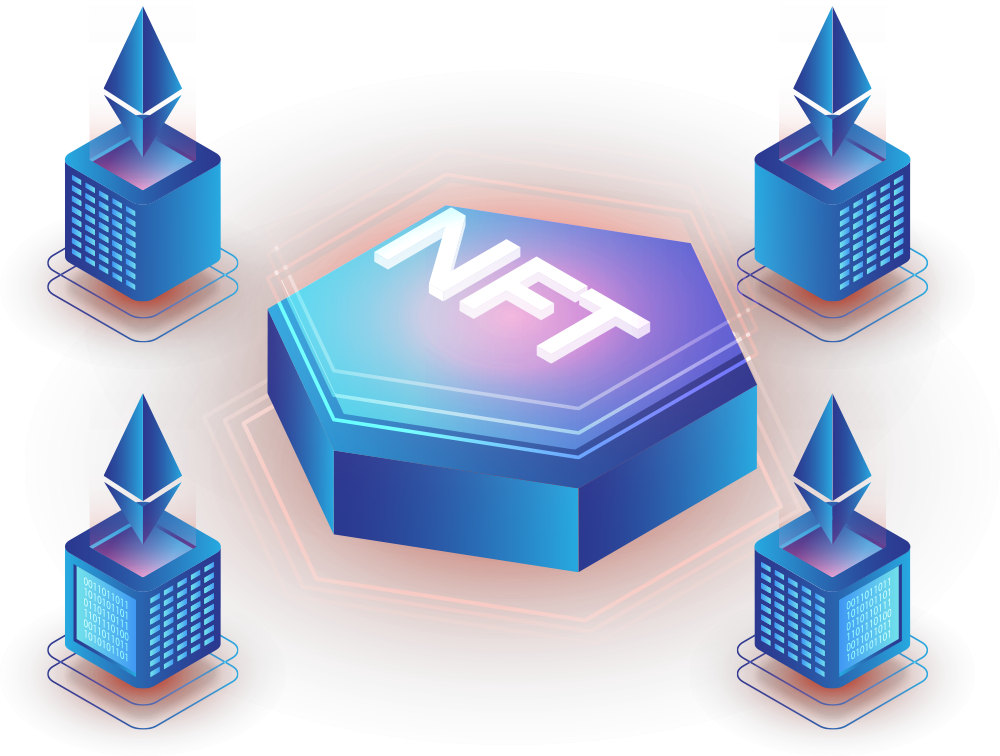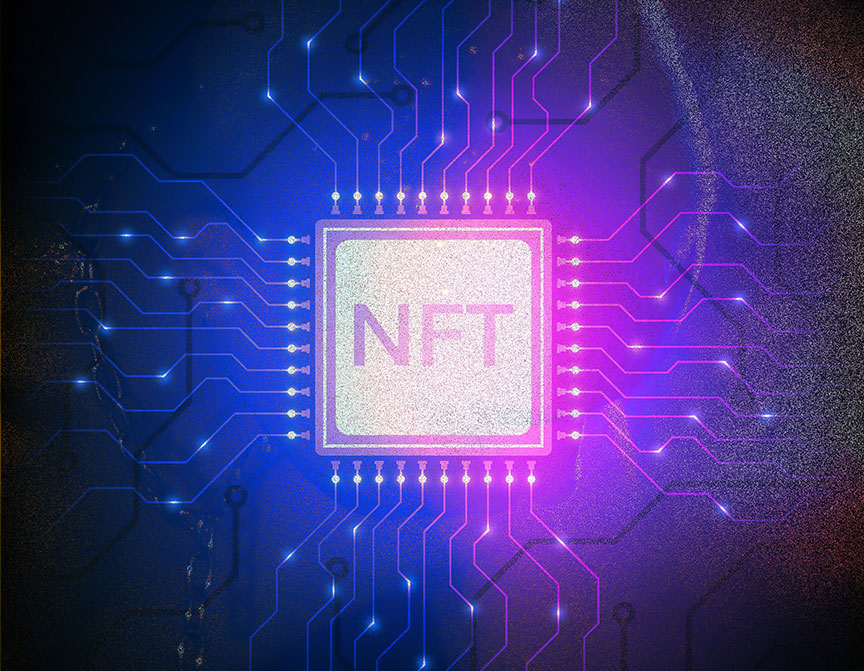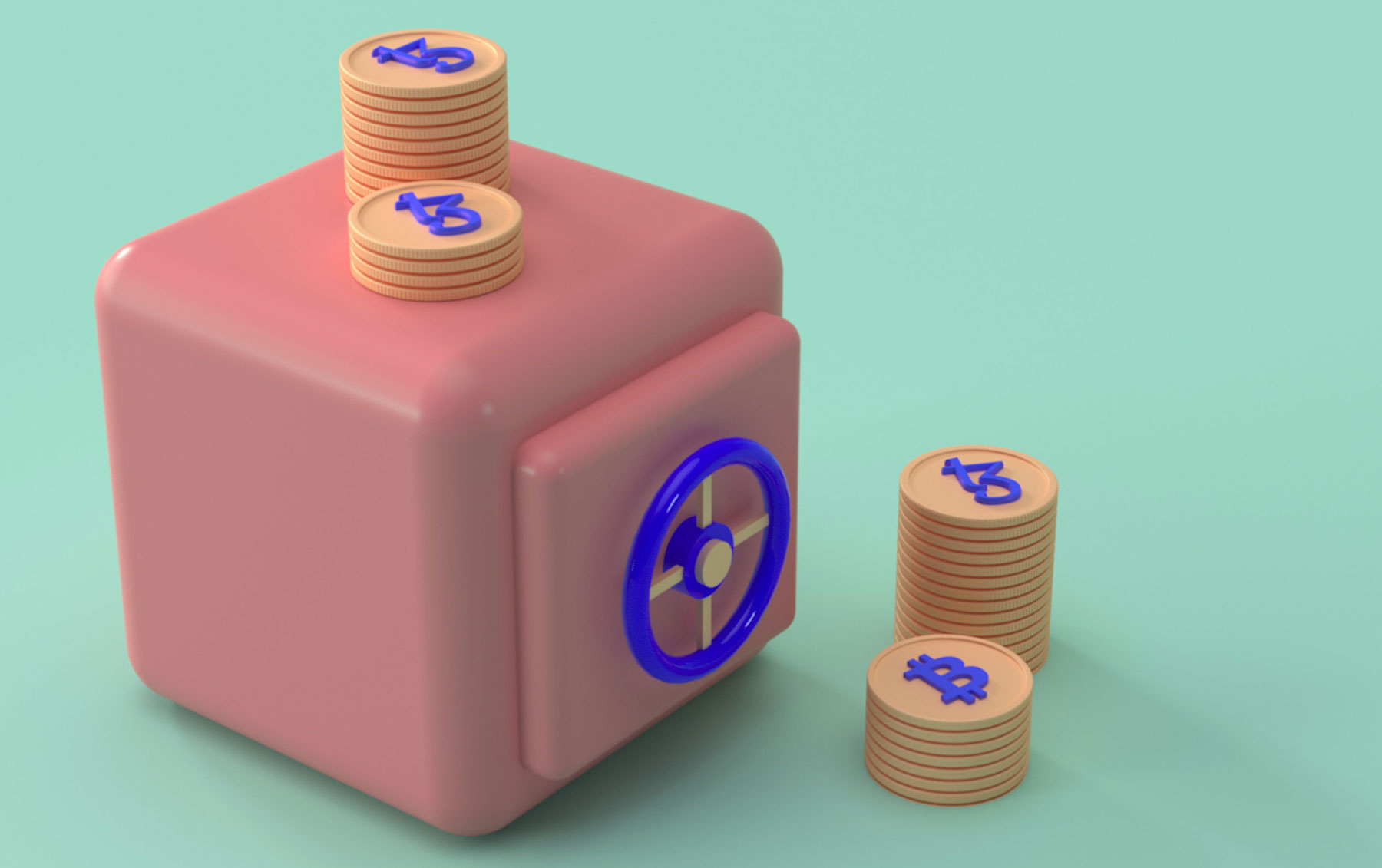The acronym NFT stands for Non Fungible Token, and it explains everything. As the cryptosphere prepares to boom in 2021, NFTs have already found traction. The artwork on exhibit is an NFT that just sold for $60 million at auction. Mike Winkelmann was a computer artist who went by the pen name Beeple. Since 2013, it’s been a digital representation of all of his works of art. Surprisingly, every day’s genuine selling rate has been set at a pitiful $110 as of February 25th. Twenty bidders pushed the price to nearly $1.2 million in the first nine minutes of bidding. The price range was tough even before the auction ended: $15 million in one hour. In principle, anyone may start their own NFT shop. Anyone may generate work, convert it to a non-fungible token (NFT), and sell it on their preferred exchange. NFT tokens are available for purchase or sale by anybody.
What is NFT?
Let’s take a closer look at it. To begin, the term “non-fungible” simply means that something cannot be substituted by something else. A token in an NFT is just a certificate of validity recorded on a blockchain, which makes money traceable and accessible to anybody. As a result, an NFT is a unique digital currency that may be represented by paintings, films, music, or any other kind of digital artwork.
Benefits of using NFT
Because of the advent of blockchain technology, gamers and collectors may now acquire irreversible ownership of in-game items and other unique properties, as well as benefit from them. People in virtual environments like the Sandbox and Decentraland can build and sell facilities. Amusement parks and casinos are two examples of such places. They may also use a separate NFT marketplace to trade certain digital products gained during playtimes, such as clothes, characters, and in-game currency. Because of how they altered the gaming and collectibles sectors, NFTs are getting a lot of interest among bitcoin users and companies. Since December 2017, $175 million has been invested in NFTs.
Practical Use Cases of NFT
Increasing the Gameplay possibilities
NFTs have piqued the curiosity of game designers. NFTs can be used to monitor who owns what in-game, to power in-game marketplaces, and to provide users with a number of additional benefits.
Many traditional games allow you to buy goods to use in the game. However, if the item was an NFT, you might be able to recoup your investment by trading it once the game is finished. You may be able to profit if the value of the artwork increases.
Things that are actually there
In the same manner that virtual products have been tokenized, physical things have yet to be tokenized. However, a number of initiatives are examining the tokenization of real estate investment, one-of-a-kind designer clothes, and other themes. You might be able to buy a vehicle or a house with ETH and subsequently own it as an NFT because NFTs are essential qualities (in the same transaction).
Increasing the pay of creators
In today’s world, the most widespread application of NFTs is in digital materials. This is because the industry is now in disarray. Content creators are losing money and earning potential as a result of services. A painter who uploads artwork to a social networking website generates money by selling adverts to the artist’s admirers. They earn notoriety in exchange, but reputation does not pay expenditures. NFTs are at the center of a new creative economy in which creators keep ownership of their work instead of handing it over to the platforms that sell it.
Conclusion
In principle, anyone may start their own NFT shop. Anyone may generate work, convert it to a non-fungible token (NFT), and sell it on their preferred exchange. NFT tokens are available for purchase or sale by anybody.




